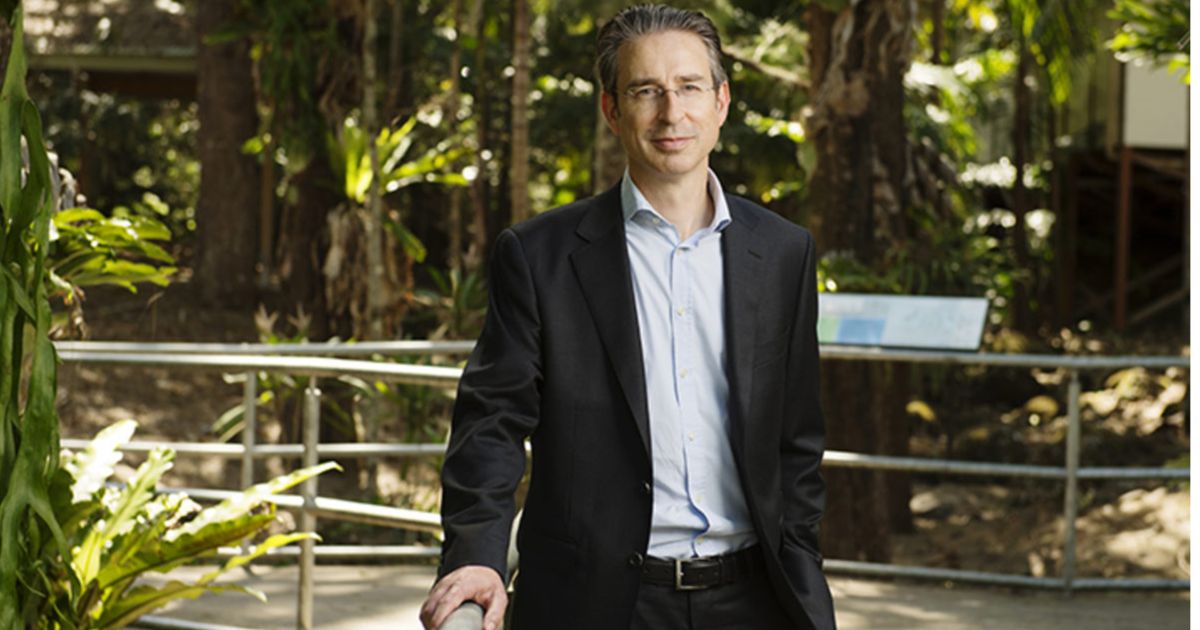Funding boost to target invasive weed species

Rhett Patrick, Phillip Rudd and Adam Nesbitt from Rous County Council with NSW agriculture minister Tara Moriarty. A state funding boost will help target invasive weed species. Photo: SUPPLIED
ROUS County Council has secured more than $150,000 in state funding to target invasive weeds across Lismore, Tweed and Kyogle through the Good Neighbours Program.
The program, led by Local Land Services, promotes collaboration between public and private landholders to manage pest animals and priority weeds.
Rous, which manages regional water supplies, weed biosecurity and rural flood mitigation, will deliver three projects across the Northern Rivers.
Weed biosecurity team leader at Rous Rhett Patrick said the program was an important step forward for land management.
“This initiative recognises the importance of building strong connections between public and private landholders,” he said.
“Effective weed management depends on a united approach, and programs like this provide the resources and support needed to make that collaboration possible.”
Nearly $34,000 will support weed control at a two-hectare site in Uki infested with Chinese violet.
The on-ground work will help prevent the weed’s spread to nearby properties and adjacent Wollumbin and Jerusalem National Parks.
In the Horseshoe Creek and Terrania Creek areas, $68,736 will support control measures for the tropical plant Job’s tears across 30 affected properties.
The project aims to limit seed dispersal and protect waterways and catchments.
In Kyogle, Rous will lead a 12-month campaign to control the highly invasive Tropical soda apple, working alongside landholders and community groups.
The project received $62,000 and aims to significantly reduce the presence of the aggressive weed.
Rous general manager Phillip Rudd said the three projects addressed real threats to the environment and local landholders.
“The support through Local Land Services’ Good Neighbours Program will help us to deliver practical and targeted action against these three invasive weeds in high-priority areas,” he said.


















